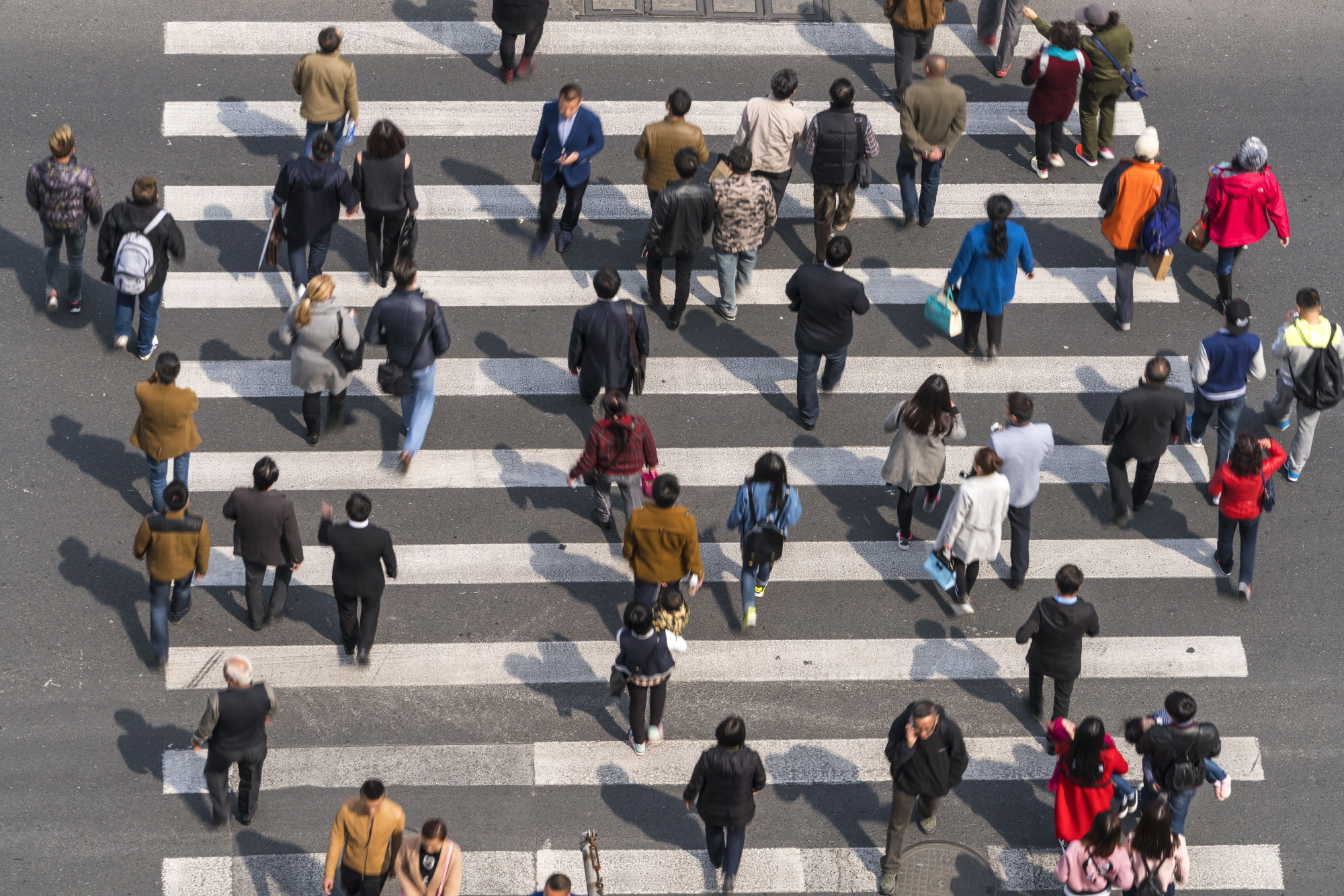
Ancient Chinese traffic rules: speeding on horseback could get one flogged, youth gave way to the old, nobles had right of way – thankfully there were no zebra crossings
- Traffic regulations came about in ancient China as large cities emerged; apart from punitive measures, there were also appeals to public decorum
- I don’t drive, but based on what I know, pedestrians should have the right of way at zebra crossings. Otherwise, what’s the point in having them?
I am lucky to have lived in four cities: Hong Kong, Kuala Lumpur, Shenzhen and Singapore. Whenever I mention this, almost everyone wants to know how they compare and which city I prefer, especially insecure Hongkongers who are obsessed with the Hong Kong-Singapore rivalry, which exists mostly in their heads.
Each city has things that I like and things that make me wish I were someplace else.
The items on my personal checklist, like cultural diversity, interesting activities and places, food options, ease of getting around, landscapes, and streetscapes, are all subjective preferences for which people have different standards.
They are also variable, shifting in importance over time as my priorities and outlook in life change with age and experience. So it is not especially helpful to make comparisons.
That said, there is one particular thing in each of these four cities that I do compare and grumble about: zebra crossings. More specifically, what drivers and pedestrians do when they encounter those bands of white stripes painted on the road.

In three of the cities that I have lived in, vehicles do not, and are not expected to, give way at zebra crossings. Pedestrians must wait for the traffic to clear before they step onto the road.
Sometimes, drivers will slow down and stop, indicating with an imperious wave of their hand that they have deigned to allow you to pass in front of their vehicles. Grateful for their largesse, you hurry across so as to minimise the inconvenience you have caused them.
Only in one city do pedestrians always have the right of way, where vehicles are expected to stop (and they do stop) for people standing at a zebra crossing, looking to cross to the other side.
Ride hailing began in China 2,200 years ago. Get with it, Hong Kong!
Traffic regulations came about in China with the emergence of large cities. At the height of the Tang dynasty (AD618-907), its capital, Changan (present-day Xian), had a population of more than a million people. Daily life would have been impossible without rules governing the behaviour of vehicles and pedestrians.
Unlawful speeding on horseback or when driving animal-drawn carriages could result in offenders being fined or flogged. Their livestock would certainly be confiscated.
They could even be imprisoned if their speeding resulted in deaths. Exceptions were made for people on urgent official business or medical emergencies.

Apart from punitive measures, there were also appeals to public decorum. To remind drivers and pedestrians of the manner in which they should behave, the government of the Song period (AD960-1279) placed plaques on the roads with the words: “The lowly give way to the noble, youth give way to the old, light vehicles give way to heavy ones; those who are going give way to those who are coming.”
These are rules that we can still live by, except the first one, which offends our modern, egalitarian sensibilities.
This is not to say that it doesn’t happen. One of the four cities that I’ve lived in hosts a surfeit of very important people. Their cars, escorted by motorcades of varying sizes and loudness, hurtle along the roads almost every other day. Vehicles occupied by less important beings must move aside and part the traffic for their betters.
From palace to pauper: the fate of Wenxiu, wife to China’s last emperor
I’ve never learned how to drive, but based on what I know, pedestrians should have the right of way at zebra crossings. Vehicles are supposed to give way to pedestrians, not the other way around. Otherwise, what’s the point of even having zebra crossings? Why waste paint?

